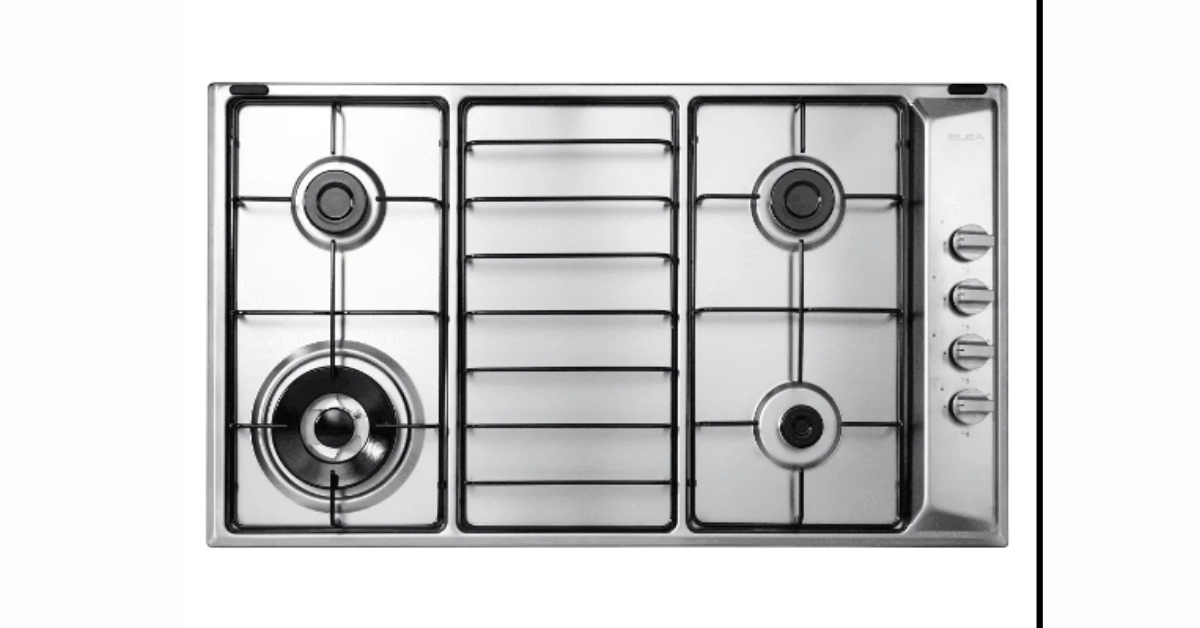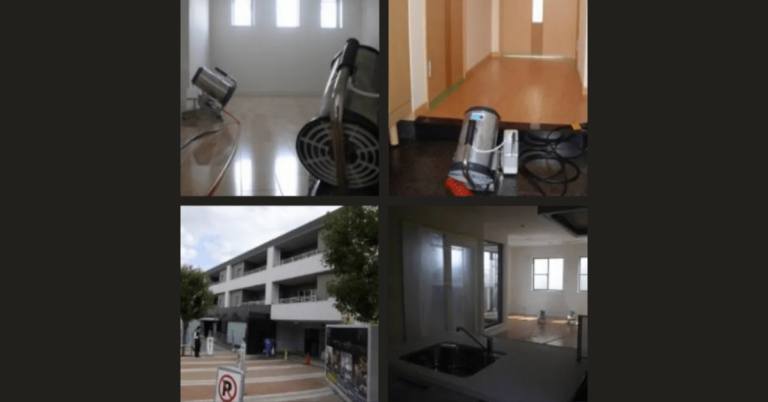Cooker Hood Singapore: Your Ultimate Guide to a Cleaner, Odor-Free Kitchen
If you cook regularly, especially using techniques like stir-frying or deep-frying common in Asian households, your kitchen can quickly become filled with grease, smoke, and odors. This is why the cooker hood has become an essential appliance in Singapore homes. Whether you live in an HDB flat, a condominium, or a landed property, a good Cooker Hood Singapore ensures that your kitchen remains fresh, clean, and hygienic. With modern designs and efficient suction systems, cooker hoods are not just functional—they can also enhance the overall look of your kitchen. This guide will walk you through the different types, features, and considerations to help you choose the best cooker hood for your home.
Why You Need a Cooker Hood in Singapore
In Singapore’s hot and humid climate, cooking indoors without proper ventilation can leave lingering odors, grease buildup, and even mold. Open-concept kitchens, which are increasingly popular in HDB and condo renovations, make ventilation even more important. A cooker hood helps remove airborne grease, smoke, steam, and food smells, improving indoor air quality and preventing damage to your cabinetry and walls. It also reduces the need for frequent deep cleaning and keeps your home feeling fresh after every meal.
Types of Cooker Hoods Available in Singapore
1. Chimney Cooker Hoods
These are powerful units mounted on the wall above the hob. They feature a wide hood and vertical flue that helps channel smoke and steam away. Chimney hoods are ideal for heavy cooking and are commonly found in larger kitchens and landed properties in Singapore. They are available in both ducted and recirculating options.
2. Slimline Cooker Hoods
Perfect for smaller kitchens or under-cabinet installations, slimline hoods are compact and cost-effective. While not as powerful as chimney models, they are suitable for light to moderate cooking and popular in many HDB flats due to their low-profile design.
3. Telescopic Cooker Hoods
Also known as pull-out hoods, these extend outward when in use and retract when not needed. They offer a clean look and are great for minimalist kitchens with space constraints.
4. Island Cooker Hoods
Designed for open-concept kitchens with island cooktops, these hoods hang from the ceiling and serve both a functional and decorative purpose. Island hoods are usually high-end options, best suited for spacious homes.
5. Downdraft Cooker Hoods
Installed next to or behind the hob, these hoods rise from the countertop when needed and retract after use. While stylish and space-saving, downdraft hoods are more expensive and suitable for customized kitchen layouts.
Ducted vs. Recirculating Hoods
Ducted Cooker Hoods vent air outside through a duct. They are more effective at removing heat and humidity but require access to an external wall or ducting infrastructure. This is common in landed homes or condos with ducting provisions.
Recirculating Cooker Hoods filter and clean the air before returning it into the kitchen. They use charcoal filters to trap odors and are ideal for HDB flats or apartments without ducting. While easier to install, they require regular filter replacement and are slightly less effective at heat removal.
Key Features to Consider
1. Suction Power
Measured in cubic meters per hour (m³/h), suction power determines how effectively a cooker hood can clear the air. For heavy Asian cooking, choose a model with suction power of at least 900 m³/h. For lighter cooking, 600–800 m³/h may suffice. Stronger hoods ensure quicker and more complete ventilation.
2. Filter Type
Mesh Filters: Made of aluminum or stainless steel, these capture grease and should be cleaned regularly.
Baffle Filters: Designed to handle heavy grease with less clogging, baffle filters are ideal for frequent frying and wok cooking.
Charcoal Filters: Used in recirculating hoods to neutralize odors. They are not washable and need replacement every 3 to 6 months.
3. Noise Level
Noise is measured in decibels (dB). Quiet models operate below 60 dB. Look for hoods that balance strong suction with silent operation, especially if your kitchen is part of an open-plan living area.
4. Lighting
Integrated LED or halogen lighting improves visibility while cooking. LED lights are energy-efficient and last longer. Some hoods also allow you to adjust the brightness level.
5. Controls
Touch panels, mechanical buttons, or remote controls—choose based on your preference. Some high-end cooker hoods in Singapore also feature auto-sensors that adjust fan speed according to the amount of smoke detected.
6. Design and Finish
Choose a finish that matches your kitchen—options include stainless steel, black tempered glass, and matte finishes. Modern hoods can double as design statements in your kitchen.
Installation Tips for Singapore Homes
Measure Your Space: Ensure your cooker hood is at least as wide as your hob—commonly 60 cm or 90 cm.
Hood Height: Install the hood at the correct height—about 65–75 cm above a gas hob or 55–65 cm above an induction hob.
Hire Professionals: Engage a licensed technician for installation to ensure safe electrical connections and secure mounting.
Ventilation Planning: If you opt for a ducted hood, confirm your home allows for external venting. Use the shortest and straightest duct path for efficiency.
Secure Mounting: Especially important for heavy hoods or ceiling-mounted models to prevent vibration and noise.
Cleaning and Maintenance
Grease Filter Cleaning: Clean mesh filters every 2–4 weeks depending on usage. Baffle filters are easier to maintain and need less frequent cleaning.
Charcoal Filter Replacement: Replace every 3–6 months to maintain odor control in recirculating hoods.
Exterior Cleaning: Wipe the hood with a soft, damp cloth and mild detergent weekly. Avoid abrasive cleaners to protect the finish.
Fan and Motor Maintenance: Periodically check for grease buildup and unusual noise. Schedule professional servicing every year for optimal performance.
Where to Buy Cooker Hoods in Singapore
You can find quality cooker hoods at home appliance stores, specialist kitchen showrooms, and online platforms. When shopping, consider:
Warranty and After-Sales Support: Choose reputable brands that offer solid warranties and responsive service.
Brands with Good Reviews: Rinnai, Fujioh, Bosch, Electrolux, Turbo, and Elba are among the most trusted in Singapore.
Installation Packages: Look for bundle deals that include installation or offer discounts when bought with hobs or ovens.
Product Demonstration: Visit showrooms to see the cooker hood in action and assess noise levels and features.
Frequently Asked Questions (FAQ)
1. What is the best cooker hood for HDB flats in Singapore?
Slimline and telescopic cooker hoods are most suitable due to their compact size and recirculating design. Choose one with strong suction and quality charcoal filters.
2. How often should I clean my cooker hood filter?
Grease filters should be cleaned every 2–4 weeks depending on cooking frequency. Charcoal filters should be replaced every 3–6 months.
3. Can I install a cooker hood myself?
DIY installation is not recommended. Improper installation can lead to poor suction, electrical issues, and noise. Always hire a licensed professional.
4. Are ducted cooker hoods better than recirculating ones?
Ducted hoods offer better heat and smoke removal but require proper infrastructure. Recirculating hoods are easier to install and more common in HDBs and condos.
5. What suction power do I need for heavy cooking?
For heavy stir-frying and deep-frying, choose a cooker hood with a suction power of at least 900–1200 m³/h for effective ventilation.
Conclusion
Choosing the right cooker hood in Singapore can transform your kitchen from smoky and greasy to fresh and enjoyable. From compact slimline models for small HDB kitchens to high-performance chimney hoods for gourmet setups, there’s an option for every household and cooking style. Focus on suction power, filter type, ease of maintenance, and installation compatibility. Invest in a trusted brand and follow proper cleaning habits to ensure your cooker hood performs efficiently for years. A well-ventilated kitchen isn’t just about comfort—it’s about hygiene, health, and preserving your home’s interior. Make the smart choice today and enjoy cleaner cooking every day.







